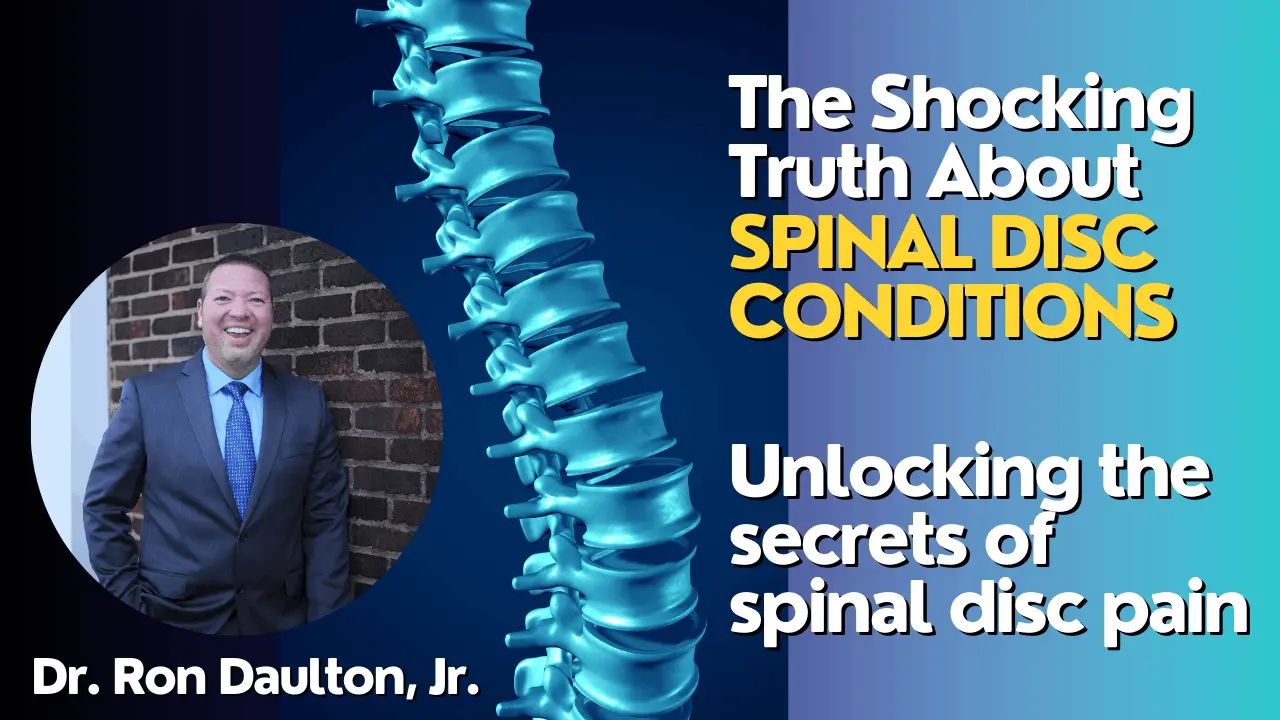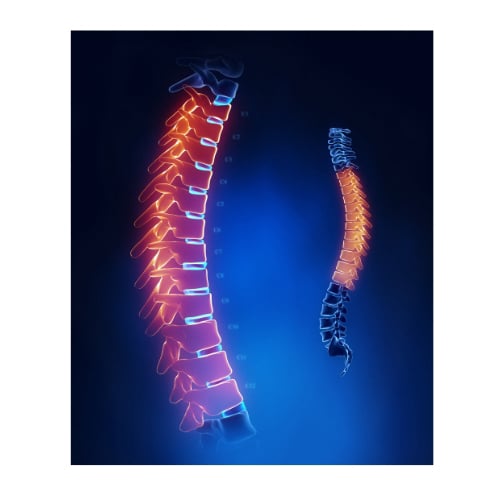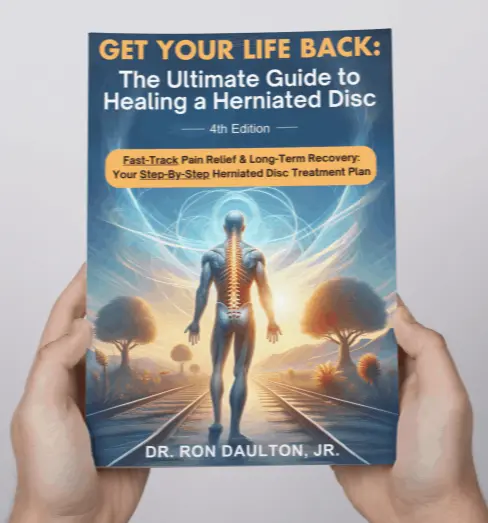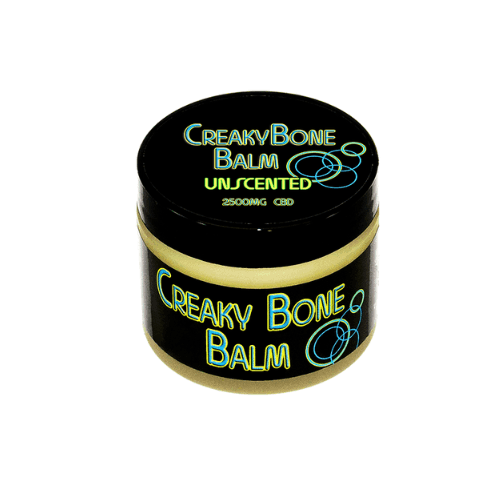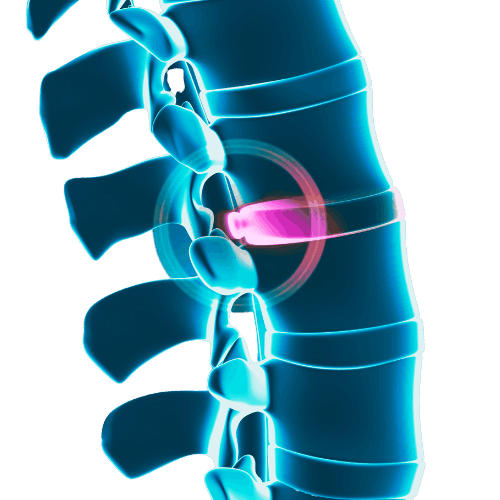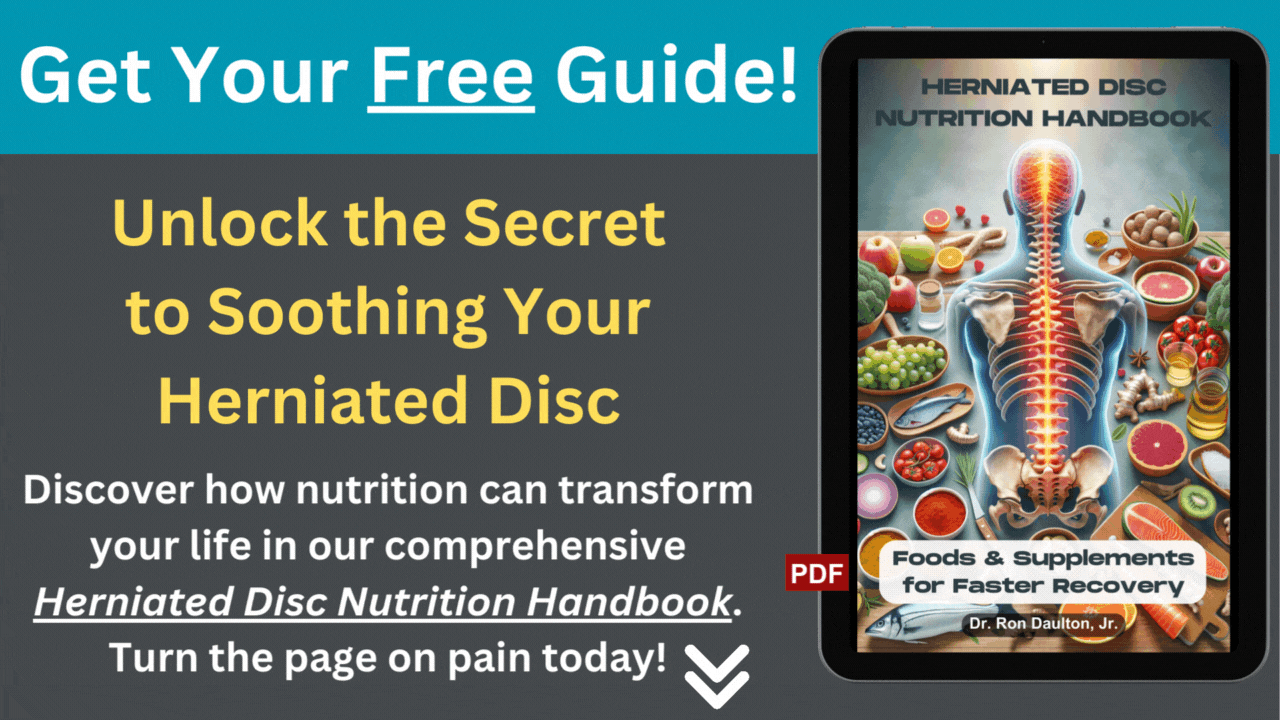Thoracic disc symptoms, those relentless challenges that can turn daily life into a painful struggle, are not invincible foes.
Through this exploration, we've uncovered the very nature of these symptoms, delved into the underlying causes, and most importantly, armed ourselves with strategies to manage and conquer them.
From understanding the sharp pains and dull aches to recognizing the impact of lifestyle and age, we've painted a comprehensive picture of what it means to live with these symptoms.
We ventured into the realms of natural healing, physical therapy, and preventive measures, providing a roadmap to not just cope but thrive.
The path to healing is not a mystery; it's a journey filled with actionable steps, personal commitment, and the belief in the possibility of a life free from pain.
It's about taking control, making informed choices, and embracing the tools and knowledge that can lead to true healing.
Your body is not your enemy, and thoracic disc symptoms are not a life sentence.
With the right approach, professional guidance, and a dash of determination, you can reclaim your life and enjoy the freedom of movement once again.
It's time to take that first step, embrace the strategies laid out here, and embark on a journey towards a brighter, healthier future. Healing is not just a dream; it's within your reach.
